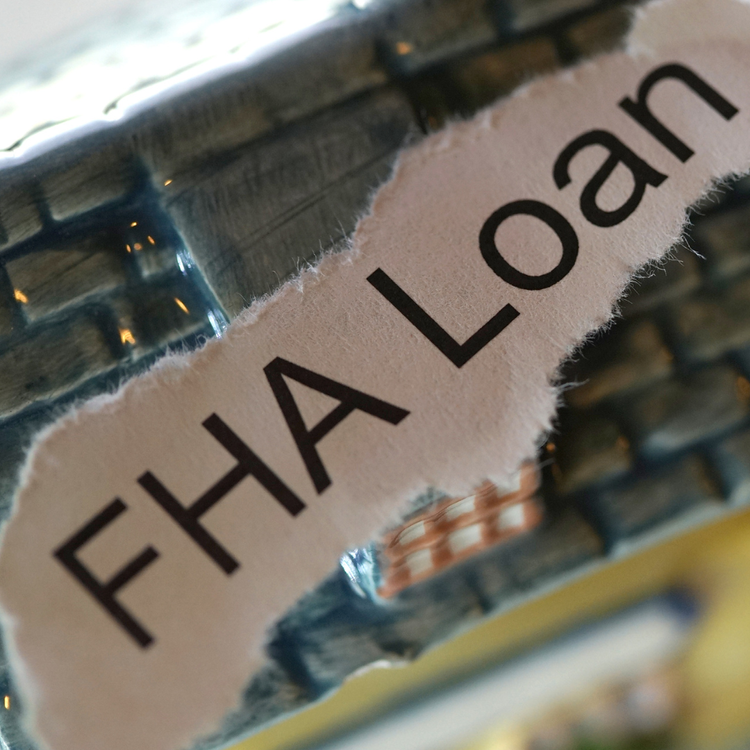What is the FHA Self Sufficiency Test?

Short Answer:
The FHA Self-Sufficiency Test ensures that a multi-family property with three or four units generates enough rental income to cover its mortgage payments, including principal, interest, taxes, insurance, and HOA fees. This test requires that 75% of the property's gross rental income must be equal to or greater than the total monthly mortgage payment.
Long Answer:
When considering the purchase of a multi-family property using an FHA loan, one crucial aspect to understand is the FHA Self-Sufficiency Test. This test ensures that the property generates enough rental income to cover its mortgage payments, thereby reducing the risk for both the borrower and the lender.
What is the FHA Self-Sufficiency Test?
The FHA Self-Sufficiency Test requires FHA loans on multi-family properties with three or four units. The test ensures that the property’s rental income is sufficient to cover the mortgage payments, including principal, interest, taxes, insurance, and homeowners association (HOA) fees.

How Does the Test Work?
- Calculate Gross Rental Income
- Determine the total potential rental income for all units in the property, including the unit you plan to occupy. This is typically based on market rents for similar properties in the area.
- Apply Vacancy Factor
- The FHA requires a vacancy factor to account for potential periods when units may be unoccupied. This factor is usually 25%, meaning you’ll use 75% of the gross rental income for the calculation.
- Compare to Mortgage Payment
- The adjusted rental income (after applying the vacancy factor) must be equal to or greater than the total monthly mortgage payment, including principal, interest, taxes, insurance, and HOA fees.
Example Calculation
Let’s say you’re purchasing a four-unit property with the following details:
- Gross Rental Income: $4,000 per month
- Vacancy Factor: 25%
- Adjusted Rental Income: $4,000 x 75% = $3,000
- Monthly Mortgage Payment: $2,800
In this example, the adjusted rental income of $3,000 is greater than the monthly mortgage payment of $2,800, so the property passes the FHA Self-Sufficiency Test.
Why is the Test Important?
Risk Mitigation
- The test ensures that the property can generate enough income to cover its expenses, reducing the risk of default for both the borrower and the lender.
Financial Stability
- Passing the test indicates that the property is a sound investment, providing financial stability for the borrower.
Loan Approval
- Meeting the self-sufficiency requirement is essential for obtaining FHA financing for multi-family properties with three or four units.
Tips for Passing the Test
Research Market Rents
- Ensure your rental income estimates are accurate by researching market rents for similar properties. Your real estate agent can help with a comparable study. If the units are already rented, the listing should include the amount each unit is currently rented or has been
Consider Property Condition
- Properties in good condition are more likely to attract tenants and command higher rents, improving your chances of passing the test.
Work with a Knowledgeable Lender
- Choose a lender experienced with FHA loans and multi-family properties to guide you through the process and help you meet the requirements. Before issuing a pre-approval letter for a multi-family house, the lender should be doing a rough self-sufficiency test.
Conclusion
The FHA Self-Sufficiency Test is a critical component of securing an FHA loan for a multi-family property with three or four units. By ensuring that the property generates enough rental income to cover its mortgage payments, the test helps protect both the borrower and the lender from financial risk. Understanding and preparing for this test can increase your chances of loan approval and set you on the path to successful real estate investment.
If you are interested in buying a multi-family home, please reach out at teamjd@mainstreethl.com
These blogs are for informational purposes only. Make sure you understand the features associated with the loan program you choose, and that it meets your unique financial needs. Subject to Debt-to-Income and Underwriting requirements. This is not a credit decision or a commitment to lend. Eligibility is subject to completion of an application and verification of home ownership, occupancy, title, income, employment, credit, home value, collateral, and underwriting requirements. Not all programs are available in all areas. Offers may vary and are subject to change at any time without notice. Should you have any questions about the information provided, please contact me.
Find more answers to mortgage & real estate questions at www.jdanswersquestions.com



